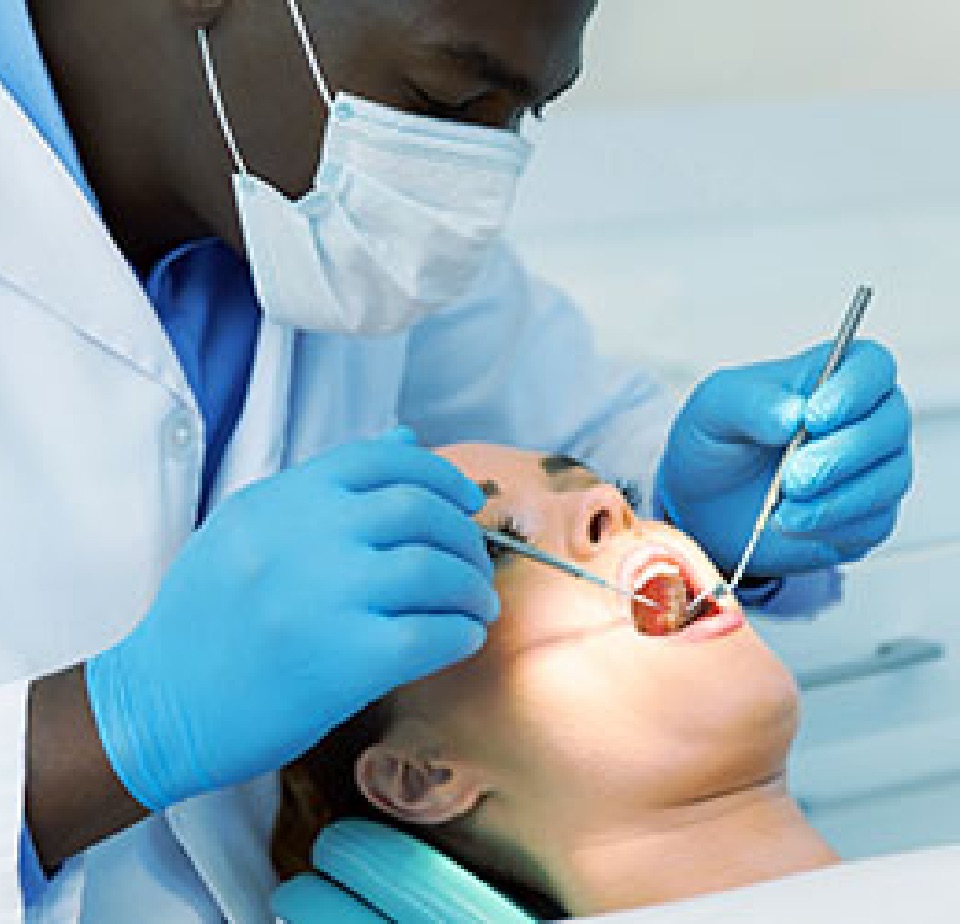CAVITIES-AND-TOOTH-DECAY
Dental Abscess: Symptoms, Treatment and Healing
 What is an Abscessed Tooth?
Tooth Abscess Symptoms
Dental Abscess Dangers
Tooth and Gum Abscess Treatments
Healing After Abscess Procedure
What is an Abscessed Tooth?
Tooth Abscess Symptoms
Dental Abscess Dangers
Tooth and Gum Abscess Treatments
Healing After Abscess Procedure
What is an Abscessed Tooth?
A dental abscess is a serious infection in the tooth’s pulp—the bundle of nerves and blood vessels in the center of each tooth. A dental abscess should be treated as soon as possible, because the infection from an untreated dental abscess could spread to other parts of your body.
A gum abscess occurs when bacteria in the mouth causes an infection in the space between the teeth and the gums resulting from periodontal disease, which is caused by poor oral hygiene.
A tooth abscess can develop around the root tip or in the gums around the tooth root area. The pus from the infection can build up under the gums causing a noticeable swelling and create a small hole (fistula) that allows the pus to drain out.
Tooth Abscess Symptoms
If you have any of these symptoms, you might have a tooth or gum abscess, and you should see a dental professional as soon as possible:
Gum Symptoms:
- Redness
- Pain
- Swelling
- Open sores on the gums
- Presence of a small bump (gumboil) near the infected tooth on either the inside or outside of the gums
Tooth Symptoms:
- Pain while chewing
- Pus around the edge of the infected tooth
- Persistent tooth sensitivity to hot and cold foods
Other Symptoms:
- Swelling elsewhere on the face such as the jaw or in the glands of the neck
- A bitter taste in the mouth
- Extremely foul breath
Dental Abscess Dangers
If you experience any dental abscess symptoms, here are some things not to do:
- Don’t delay: See a dental professional as soon as possible. If treated promptly you may be able to avoid having the infected tooth removed.
- Don’t stop your oral hygiene routine: Continue to brush and floss.
- Don’t be fooled if your dental abscess stops hurting: Pain associated with a dental abscess may go away if the tooth root has died. But a dead tooth root doesn’t mean the infection is gone. In fact, the infection from a dental abscess can still spread.
Tooth and Gum Abscess Treatments
Proper treatment of a dental abscess will cure the infection as well as your severe toothache. Your dental professional may treat the abscess in any of several ways, including a root canal oor incision into the gums to allow the infection to drain. In extreme cases, the tooth may need to be removed and replaced.
Three common methods for treating a dental abscess are:
- Root Canal: If the abscess is not severe, the infected material can be scraped out, and the tooth can be repaired with a crown.
- Extraction: If the abscess is more severe, the infected tooth will be removed and replaced.
- Gum Incision: In some cases, an incision is made in the gum to allow the infected tissue to drain out.
Healing After Abscess Procedure
No matter how your dental abscess is treated, you can protect your mouth as it heals, and help prevent future tooth decay by following a regular oral hygiene routine that includes twice-daily tooth brushing and daily flossing. Crest and Oral-B have products that can maintain your dental health. These products include:
Toothpaste:
Crest Pro-Health Gum Restore Deep Clean Toothpaste can help patients see healthier gums in 7 days by treating gingivitis.
Soft Floss:
Flossing your teeth might sound like a painful prospect after treatment for a dental abscess, but flossing is an important part of your oral care routine. Oral-B Glide Comfort Plus Floss is twice as soft as Glide Original Floss and is designed to be gentle on sensitive teeth.
Comfortable Brush:
The Oral-B Pro-Health All-in-One Manual Toothbrush soft bristles remove up to 90 percent of plaque in hard-to-reach areas to help keep your teeth and gums healthy.
Discover More
 Cavity Fillings: What to Expect, Types & Potential Problems
Cavity Fillings: What to Expect, Types & Potential Problems





